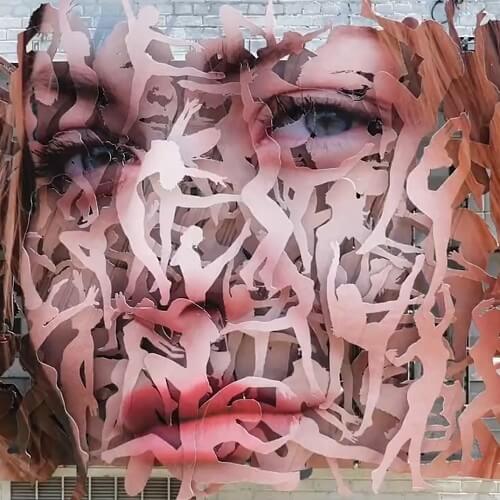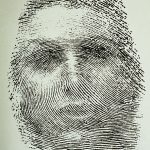In the context of visual arts, the artistic perception is a broad and complex notion that dramatically impacts the way we perceive and enjoy works of art. The continually changing interaction between the viewer’s overall point of view and the artist’s fabrication goes beyond just visual reception, delving into psychological, cultural, and historical settings. It is a prism into which art may be viewed, felt, and appreciated, making each interaction with an artwork unique. We’ll look at how artists all over history have reshaped and enlarged our ways of seeing, restructuring our vision of the world around us via inventive expressions and revolutionary approaches. This exploration of perceiving art illustrates art’s transformational influence in altering human consciousness and cultural identity.
The Role of Perception in Art:
In art, perception forms a complex interaction between visual and personal comprehension. Influenced by diverse factors like culture, society, and politics, it shapes our understanding. This dynamic interplay significantly affects both art creation and interpretation. Importantly, both creators’ and viewers’ perspectives equally contribute to understanding artworks.
Historical Evolution of Artistic Perception:
The perception of art has developed gradually, as determined by the existing social conventions of each time. This record reveals a significant relationship between cultural shifts and alterations in art appreciation, emphasizing the importance of perception in comprehending and enjoying art.
The Phenomenological Approach:
The phenomenology of perception work of philosopher Maurice Merleau-Ponty emphasizes the undefined and contextual components of reality in sensory experiences. He believed that perception contains an artistic and expressive aspect in art, and that paintings are depicting a perceptual style.
Development of Artistic Styles:
Artists’ subjective decisions, as well as the cultural and historical circumstances in which they live, influence the evolution of artistic forms. This progression indicates a shift within conventional forms, in which creative styles convey various perceptions of the world.
Influential Artists and Their Impact:
Artists such as Cézanne and the Impressionists challenge realistic portrayal in favor of emotive representations, ushering in fundamental alterations in art perception. The work they conducted demonstrates how perception may change substantially over time, influencing art fulfillment and value.

Perception and Ideology in Art:
The widely recognized “Degenerate Art” exhibition in Munich in 1937 exemplifies how political and ideological prejudices may affect vision. This instance demonstrated how skewed views, fueled by prejudice, may have a tremendous influence on the reception and valuation of art.
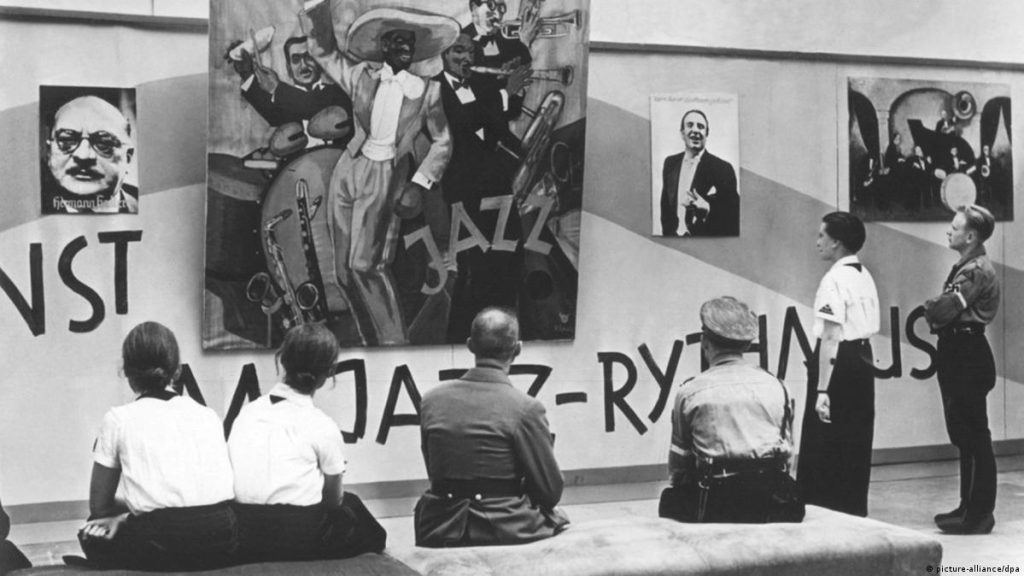
Contemporary Art and Changing Perceptions:
As seen by the creations of artists such as Michael Murphy, modern art keeps challenging our preconceptions. His “perceptual art” involves the assembly of mind-bending 3D works that alter depending on the viewer’s positioning. It emphasize the importance of physical and philosophical viewpoints in art perception.
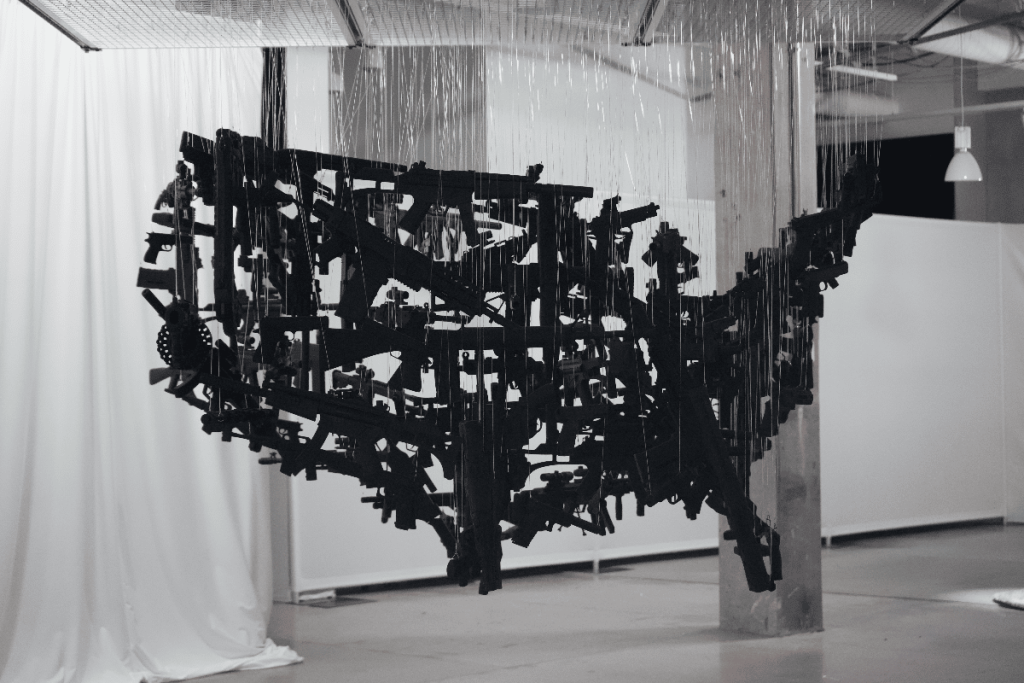
Michael Murphy’s Perceptual Art:
Murphy’s avant-garde approach in artworks like “Spacetime” exemplifies how art can be a sensual experience that shifts with the viewer’s movement. His unique way of producing illusions using hanging items highlights the flexibility and mobility of perception in modern art.
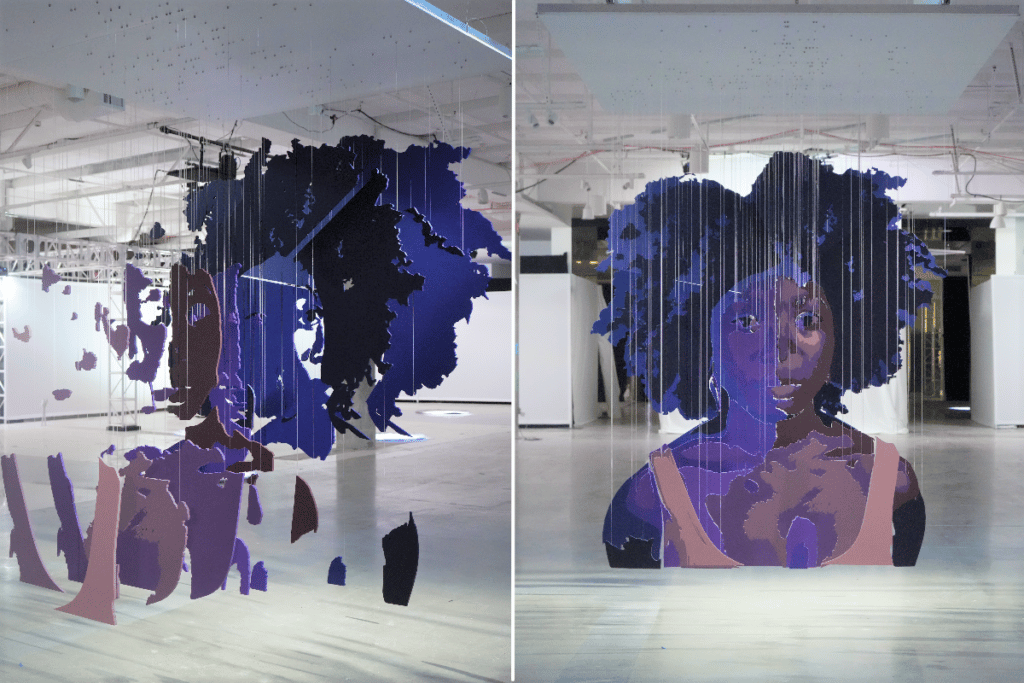
The art of perception is dynamic, ever-evolving notion that is inextricably linked to the societal and cultural conditions of its time. It affects not just how we regard artworks, but also how artists produce. The lens that illuminates how art is perceived and valued shifts as historical and social perspectives evolve. This continual shift in perception tests our comprehension of art. It broadens our understanding, urging us to delve beyond the apparent. We explore with new ideas, led by this dynamic. Consequently, through the visual language of art, perception plays a crucial role. It portrays and alters our collective world vision.

